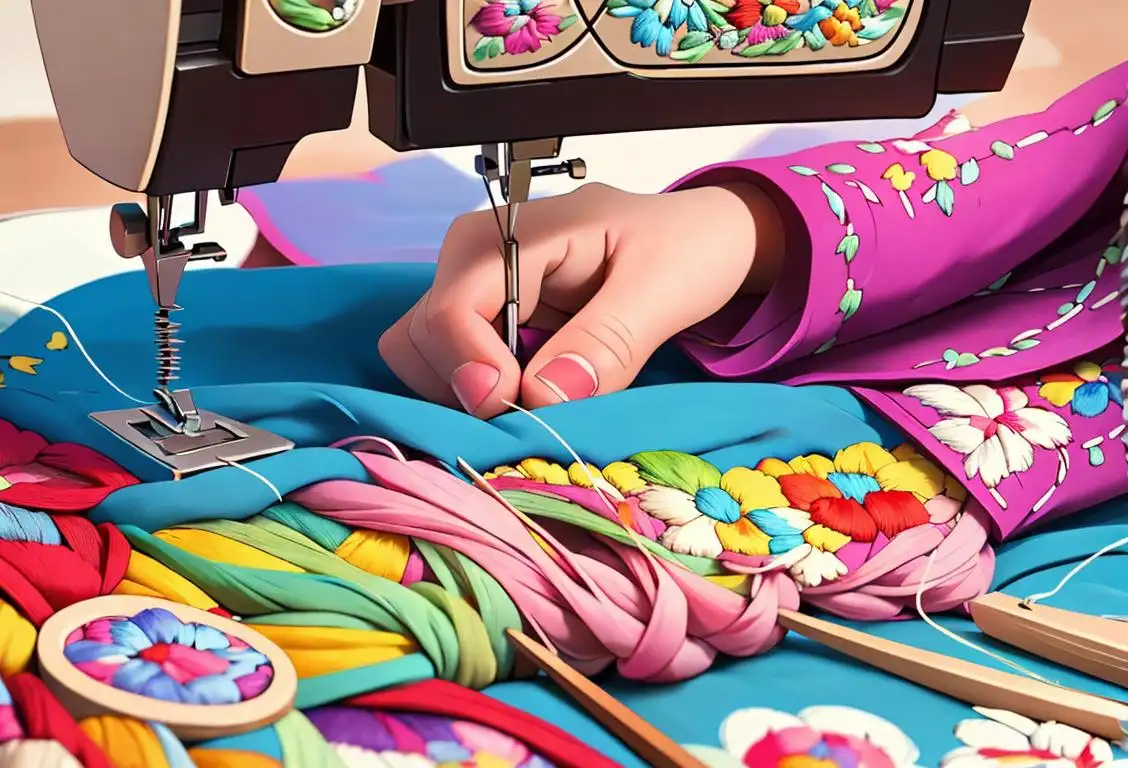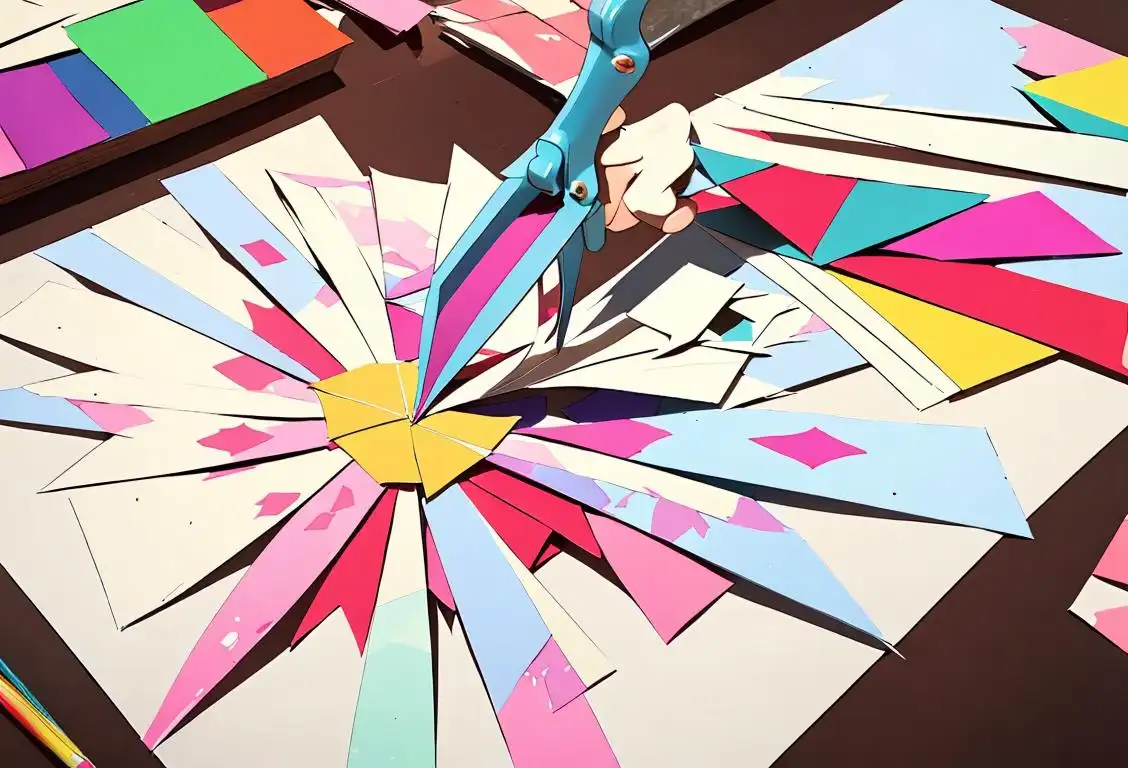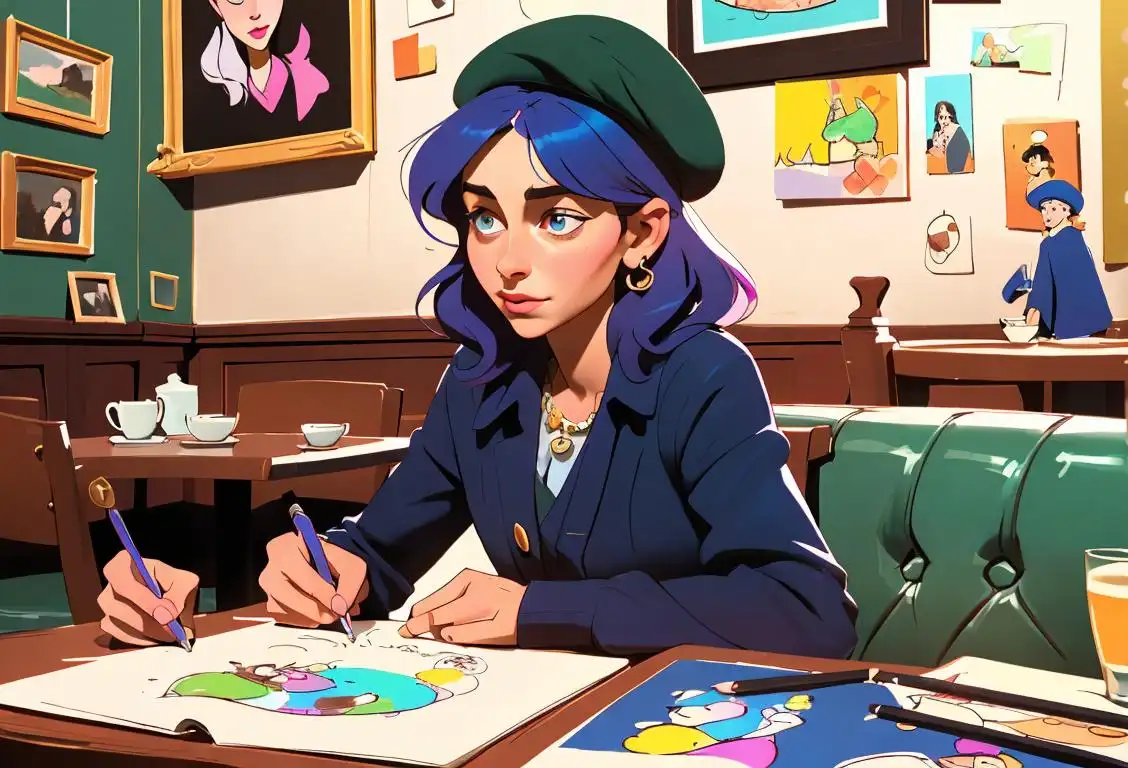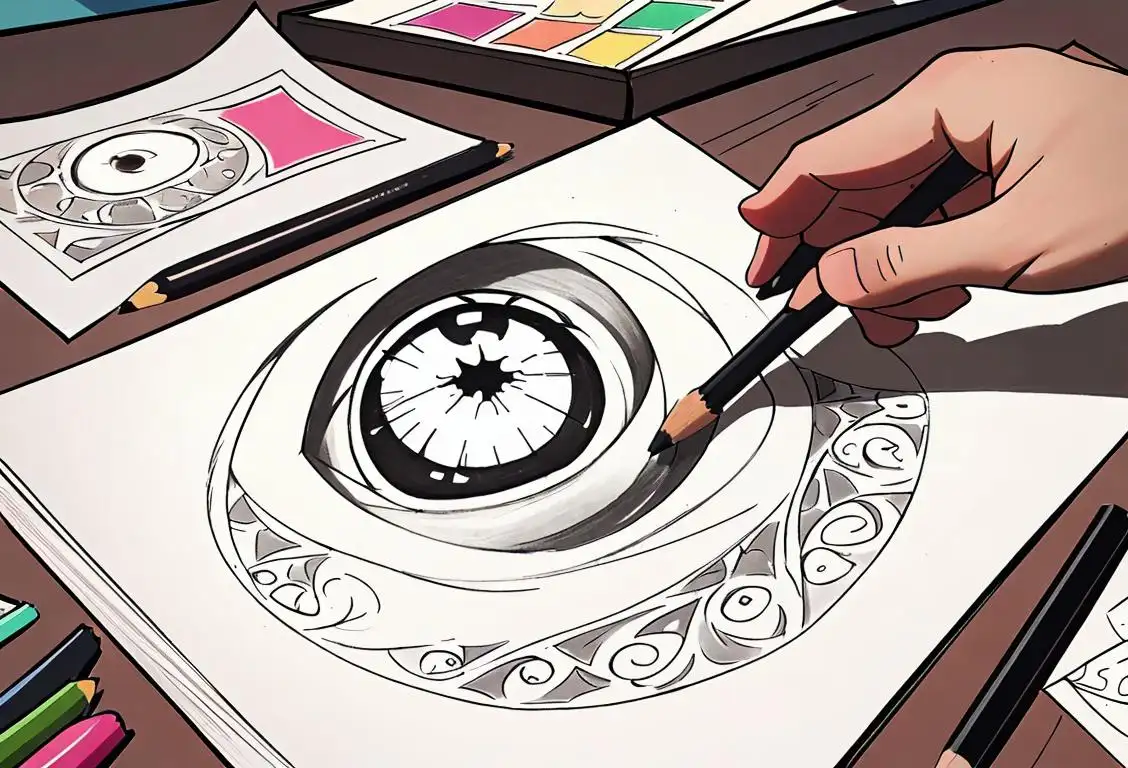National Sewing Day
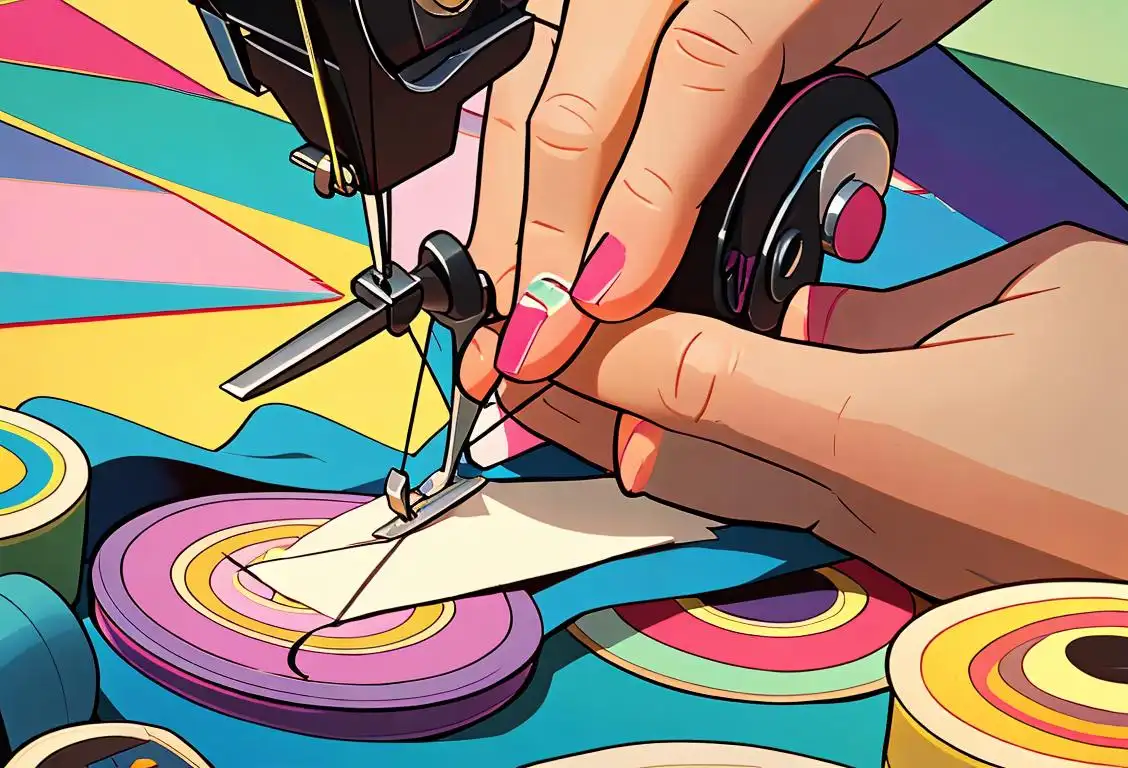
Are you ready to thread the needle and celebrate National Sewing Day? Get your bobbins ready, because this is the day to pay tribute to all the crafty individuals who can magically turn a piece of fabric into a work of art. Whether you're a sewing pro or a novice with a needle, this is the perfect day to unleash your creativity and stitch up something sensational.
When is Sewing Day?
It's national sewing day on the 4th February.
The Internet History of National Sewing Day
It's no surprise that National Sewing Day has gained popularity in the age of social media. With countless online communities and hashtags dedicated to sewing projects and tutorials, it's easier than ever to connect with other needle enthusiasts and share your latest creations. Whether you're searching for inspiration or looking for advice on how to fix a pesky sewing mishap, the internet has become a treasure trove of sewing resources.
The first recorded mention of National Sewing Day dates back to February 4, 2018, when social media platforms were flooded with posts and tweets from sewing enthusiasts all over the world. It quickly gained momentum as people embraced the opportunity to showcase their sewing skills and connect with others who shared their passion for needlework.
Since then, the online sewing community has continued to grow, with dedicated websites, forums, and social media groups popping up to cater to the needs of sewing enthusiasts of all levels. From sewing blogs with step-by-step tutorials to online marketplaces for handmade garments, the internet has become the virtual fabric store where sewists unite and share their love for all things sewing-related.
Fun Facts about National Sewing Day
Did you know that the world's largest sewing needle was created by artist Rosemarie Fiore? This colossal needle, standing at a whopping 42 feet tall, was made entirely out of salvaged sewing machine parts. It serves as a testament to the creative possibilities that sewing can offer, from the tiniest stitches to monumental works of art.
History behind the term 'Sewing'
28,000 BCE
Early Beginnings
Sewing has its origins in the Paleolithic era, with the discovery of bone needles and threads made from animal sinew. Archaeological evidence suggests that early humans used these primitive tools for sewing animal skins together to create clothing and shelter.
5,000 BCE
The Birth of Sewing Needles
Around 5,000 BCE, the first sewing needles made from bones, antlers, or ivory emerged. These needles allowed for more delicate and precise stitching. The invention of sewing needles revolutionized the art of sewing, enabling people to create more intricate and decorative designs.
3,500 BCE
Sewing in Mesopotamia
In ancient Mesopotamia (modern-day Iraq and Kuwait), clay tablets dating back to 3,500 BCE depict early sewing techniques and patterns. The tablets show people sewing garments using a variety of stitches. Sewing played a vital role in Mesopotamian culture, with clothing reflecting social status and wealth.
400 BCE
The Invention of the Thimble
Around 400 BCE, the thimble was invented in ancient China. Made from bone, bronze, or precious metals, the thimble protected the finger while pushing needles through tough fabrics. This innovation made sewing more comfortable and efficient, ensuring the longevity of the craft.
1350 CE
The Rise of the Tailoring Profession
During the 14th century, sewing skills became highly specialized as the tailoring profession emerged. Tailors were responsible for creating custom-made garments, often for the nobility. Sewing techniques such as pleating, darting, and tucking were perfected, showcasing the artistry and expertise of tailors.
18th Century
Industrial Revolution and Sewing Machines
The Industrial Revolution brought significant advancements to the field of sewing. In the late 18th century, inventors like Thomas Saint and Barthélemy Thimonnier constructed the first sewing machines. These early machines utilized a chain stitch and laid the groundwork for future sewing machine inventions.
1851
The Invention of the Lockstitch Sewing Machine
In 1851, American inventor Elias Howe patented the lockstitch sewing machine, revolutionizing the textile industry. The lockstitch created a more durable and reliable stitch, leading to increased efficiency in garment production. This invention marked a turning point, making sewing accessible to the masses.
Modern Era
Sewing as a Hobby and Fashion Statement
In the modern era, sewing has evolved from a necessary skill to a popular hobby and form of self-expression. Many individuals enjoy sewing their own clothes, accessories, and home decor. Sewing allows for unique customization and the opportunity to unleash creativity, making it a beloved craft worldwide.
Did you know?
The world's largest sewing needle stands at a whopping 42 feet tall and was made entirely out of salvaged sewing machine parts.Tagged
art crafts sewingFirst identified
13th June 2016Most mentioned on
4th February 2018Total mentions
22Other days
Sewing Day
Quilt Day
Embroidery Day
Ceramics Day
Scissoring Day
Cartoonist Day
Doodle Day
Drawing Day
Batik Day
Museum Of Mexican Art In Chicago Does An Annual Exhibit For The Day

